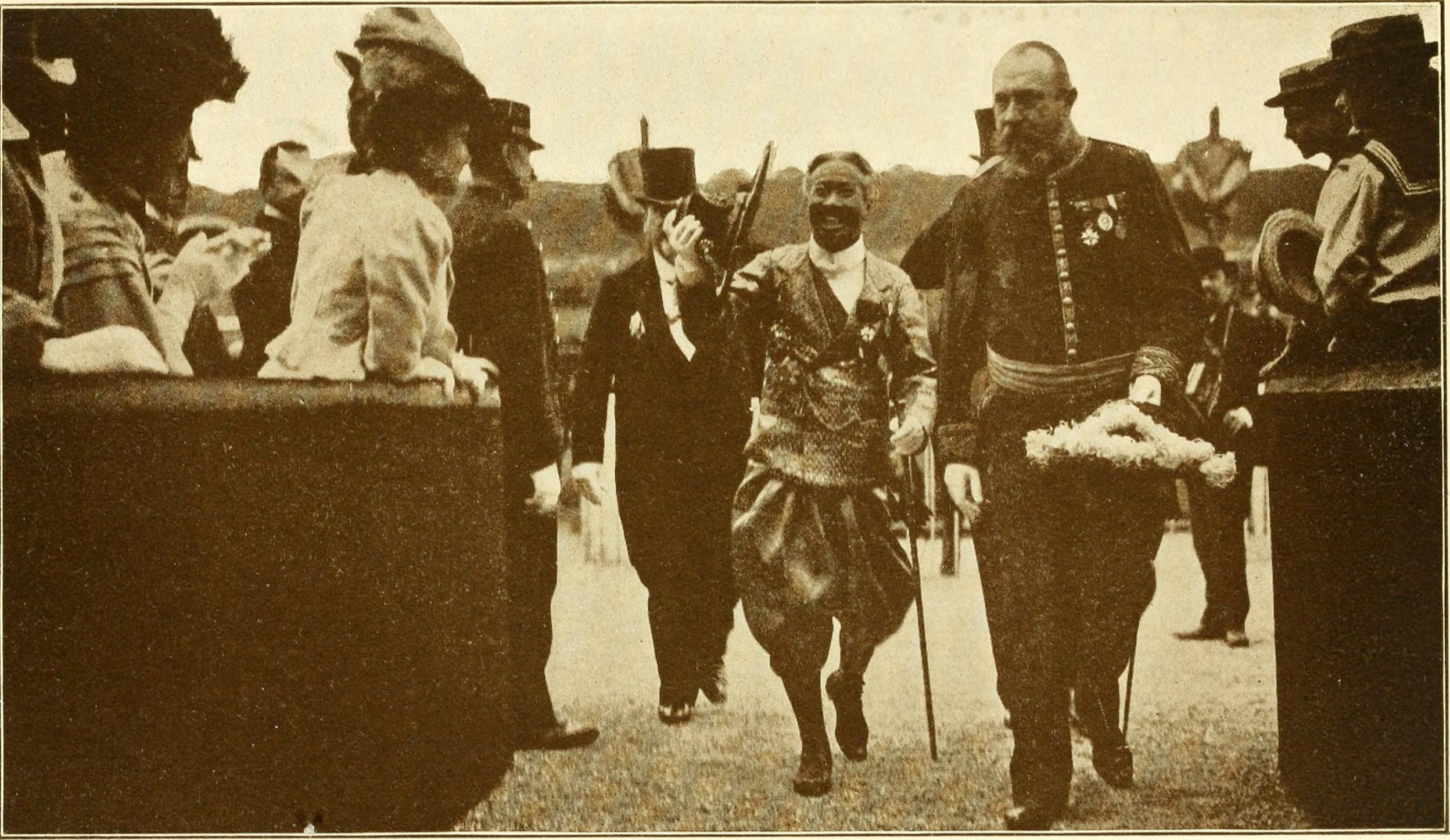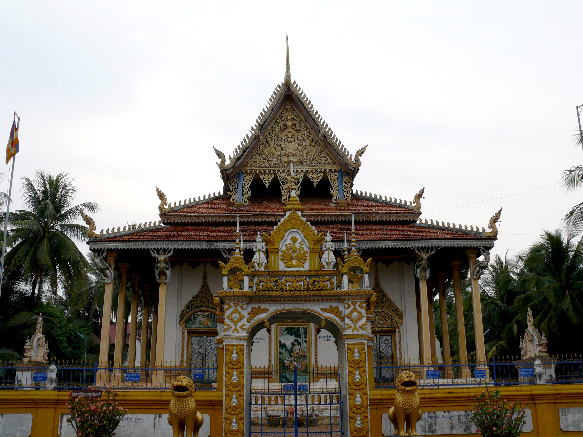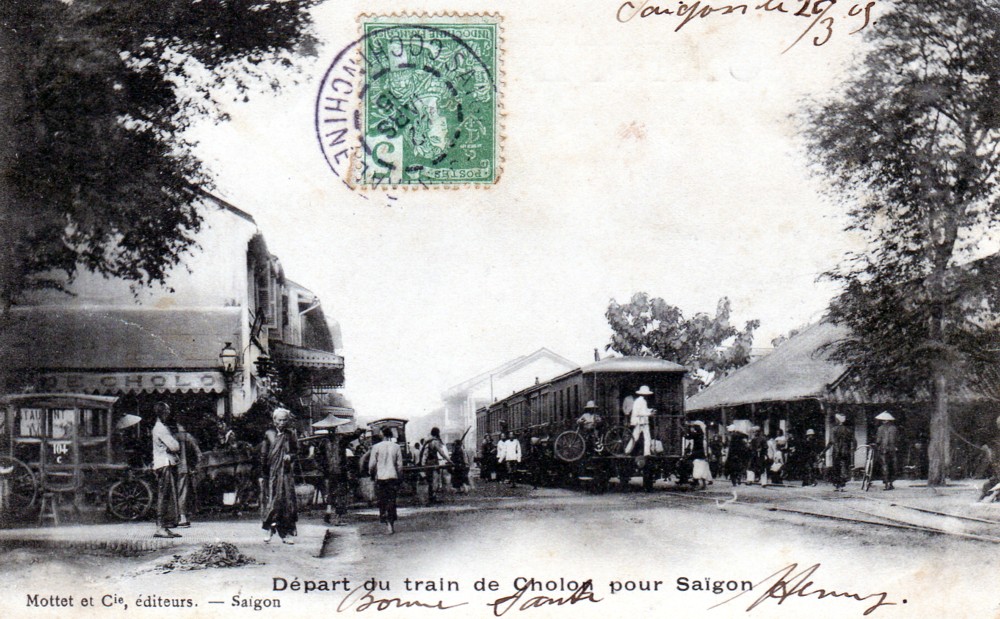|
Phka Sropoun
''Phka Srapoun'' ( km, бһ•бҹ’бһҖбһ¶бһҹбҹ’бһҡбһ–бҹ„бһ“, ; ) is a Khmer novel written by Nou Hach and published in 1949. Along with '' Kolab Pailin'' and '' Sophat'', ''Phka Srapoun'' is considered one of the three classic novels of modern Khmer literature. The novel is set during the French colonial period of Cambodia. The story portrays the Cambodian tradition of arranged marriages. Author Nou Hach (Khmer: бһ“бһј бһ бһ¶бһ…) was born on June 26, 1916, in Kampong Preah Commune, Sangkae District, Battambang, Cambodia. His father's name was Khuon Nov (Khmer: бһғбһҪбһ“ бһ“бҹ…), and his mother name was Or Muoch (Khmer: бһібһҡ бһҳбһҪбһ…). They were farmers. Hach was the eldest child of the family. He married Mrs. Tan Rem (Khmer: бһҸбһ¶бһ“бҹӢ бһҡбҹүбҹҒбһҳ) and had eight children. His famous works include: * ''Phka Srapoun'' () * ''Mealea Duong Chett'' () * ''Truoy Chivit'' () * ''Neari Chea Ti Sneha'' () * ''Tho Bek'', a French poem () Plot Summary Bun Thoeun (бһ”бҹҠбһ»бһ“бһ ... [...More Info...] [...Related Items...] OR: [Wikipedia] [Google] [Baidu] |
Nou Hach
Nou Hach ( km, бһ“бһј бһ бһ¶бһ…, ; 26 June 1916 1975) was a Cambodian author, perhaps best known for his novel, '' Phka Sropoun''. He was born in Battambang, and died during the Khmer Rouge regime. Early life and education Hach was born to a farming family in Kampong Preah Commune, Sangkae District, Battambang Province, Cambodia. He was the first child of his family. He studied at Wat Kampong Preah Primary School and could read ''sastra sloek roet'' (), a kind of Khmer book made from leaves, very fluently. In 1932, he passed the entrance exam at Preah Sisovath High School in Phnom Penh. He was very studious and hardworking, and graduated successfully. Career After graduation, he work as a jude in Siem Reap. In 1947, he became a publisher for Kampuchea Newspaper in the Ministry of information. Then he became the assistant of the prime minister Yutavong (бһҷбһ»бһҸбҹ’бһҸбһ·бһңбһ„бҹ’бһҹ) in 1948. After that, he returned to the Ministry of Information and worked as the hea ... [...More Info...] [...Related Items...] OR: [Wikipedia] [Google] [Baidu] |
Cambodia
Cambodia (; also Kampuchea ; km, бһҖбһҳбҹ’бһ–бһ»бһҮбһ¶, UNGEGN: ), officially the Kingdom of Cambodia, is a country located in the southern portion of the Indochinese Peninsula in Southeast Asia, spanning an area of , bordered by Thailand to the northwest, Laos to the north, Vietnam to the east, and the Gulf of Thailand to the southwest. The capital and largest city is Phnom Penh. The sovereign state of Cambodia has a population of over 17 million. Buddhism is enshrined in the constitution as the official state religion, and is practised by more than 97% of the population. Cambodia's minority groups include Vietnamese, Chinese, Chams and 30 hill tribes. Cambodia has a tropical monsoon climate of two seasons, and the country is made up of a central floodplain around the TonlГ© Sap lake and Mekong Delta, surrounded by mountainous regions. The capital and largest city is Phnom Penh, the political, economic and cultural centre of Cambodia. The kingdom is an elective co ... [...More Info...] [...Related Items...] OR: [Wikipedia] [Google] [Baidu] |
Kolab Pailin
''Kolab Pailin'' ( km, бһҖбһ»бһӣбһ¶бһ”бһ”бҹүбҹғбһӣбһ·бһ“ ; ) is a Cambodian novel that was written by Nhok Them in 1936 or 1943. Along with '' Sophat'' and '' Phka Srapoun'', ''Kolab Pailin'' is considered one of the three classic novels of modern Khmer literature. The story does not focus on any religious elements of Hinduism or Buddhism. It portrays the struggles of the Cambodian people during French colonial administration. The story centers on an orphan boy named "Chauchet" whose late father upon death sent him to CambodiaвҖҷs northern province of Pailin to work at a diamond mine where he shows kindness and above all loyalty towards his employer. Although, it does not present any self-independence concept, it illustrates some ideas for young Cambodian women relating on how to choose their husband. Plot Summary In an old house, Choeum ( ), who is the father of Chauchet ( ), is sick due to serious disease. He is being cured by a doctor named S'at ( ). Before dying, he ... [...More Info...] [...Related Items...] OR: [Wikipedia] [Google] [Baidu] |
Sophat
''Sophat'' ( km, бһҹбһјбһ•бһ¶бһҸ, ) was the first Cambodian romance novel written in 1938 by Rim Kin and was published in 1942. Along with ''Kolab Pailin'' and '' Phka Srapoun'', ''Sophat'' is widely regarded as the вҖңfirstвҖқ Cambodian novel and is considered one of the three classic novels of Khmer literature., though ''Tuek Tonle Sap'' ("The Waters of Tonle Sap"), by Kim Hak had been printed in 1939. Context Modern prose started later in Cambodia by comparison with the rest of Southeast Asia. It was only in the 1930s, several years after the installation of a printing-house in Phnom Penh that the new genre came into existence, and ''Sophat'' was the first bestseller of its kind. Synopsis Suon, a government official in Sisophon, has an affair with an orphan woman called Soya, and she becomes pregnant. Concerned about his career and the wedding his own mother had arranged for him, Suon returns to Phnom Penh and leaves Sorya with a ring which lets her hope for his return, u ... [...More Info...] [...Related Items...] OR: [Wikipedia] [Google] [Baidu] |
Khmer Literature
Cambodian literature ( km, бһўбһҖбҹ’бһҹбһҡбһҹбһ¶бһҹбҹ’бһҸбҹ’бһҡбһҒбҹ’бһҳбҹӮбһҡ, ), also Khmer literature, has a very ancient origin. Like most Southeast Asian national literatures its traditional corpus has two distinct aspects or levels: *The written literature, mostly restricted to the royal courts or the Buddhist monasteries. *The oral literature, which is based on local folklore. It is heavily influenced by Buddhism, the predominant religion, as well as by the Hindu epics Ramayana and Mahabharata. Ancient stone inscriptions A testimony of the antiquity of the Khmer language are the multitude of epigraphic inscriptions on stone. The first written proof that has allowed the history of the Khmer Empire to be reconstructed are those inscriptions. These writings on columns, stelae and walls throw light on the royal lineages, religious edicts, territorial conquests and internal organization of the kingdom. Buddhist texts Following the stone inscriptions, some of the oldest ... [...More Info...] [...Related Items...] OR: [Wikipedia] [Google] [Baidu] |
French Protectorate Of Cambodia
The French protectorate of Cambodia ( km, бһ”бҹ’бһҡбһ‘бҹҒбһҹбһҖбһҳбҹ’бһ–бһ»бһҮбһ¶бһҖбҹ’бһҡбҹ„бһҳбһўбһ¶бһҺбһ¶бһ–бҹ’бһҷбһ¶бһ”бһ¶бһӣбһ”бһ¶бһҡбһ¶бҹҶбһ„; french: Protectorat franГ§ais du Cambodge) refers to the Kingdom of Cambodia when it was a French protectorate within French Indochina, a collection of Southeast Asian protectorates within the French Colonial Empire. The protectorate was established in 1863 when the Cambodian King Norodom requested the establishment of a French protectorate over his country, meanwhile Siam (modern Thailand) renounced suzerainty over Cambodia and officially recognised the French protectorate on Cambodia. Cambodia was integrated into the French Indochina union in 1887 along with the French colonies and protectorates in Vietnam (Cochinchina, Annam and Tonkin). In 1946, Cambodia was granted self-rule within the French Union and had its protectorate status abolished in 1949. Cambodia later gained its independence. The day was celebrated as independen ... [...More Info...] [...Related Items...] OR: [Wikipedia] [Google] [Baidu] |
Arranged Marriage
Arranged marriage is a type of marital union where the bride and groom are primarily selected by individuals other than the couple themselves, particularly by family members such as the parents. In some cultures a professional matchmaker may be used to find a spouse for a young person. Arranged marriages have historically been prominent in many cultures. The practice remains common in many regions, notably South Asia, the Middle East, North Africa, and the Caucasus. In many other parts of the world, the practice has declined substantially during the 19th and 20th centuries. Forced marriages, practiced in some families, are condemned by the United Nations. The specific sub-category of forced child marriage is especially condemned. In other cultures, people mostly choose their own partner. History Arranged marriages were very common throughout the world until the 18th century. Typically, marriages were arranged by parents, grandparents or other close relatives and trusted friends. ... [...More Info...] [...Related Items...] OR: [Wikipedia] [Google] [Baidu] |
Battambang
Battambang ( km, бһ”бһ¶бһҸбҹӢбһҠбҹҶбһ”бһ„, UNGEGN: ) is the capital of Battambang Province and the third largest city in Cambodia. Founded in the 11th century by the Khmer Empire, Battambang is the leading rice-producing province of the country. For nearly 100 years it was a major commercial hub and provincial capital of Siamese province of Inner Cambodia (1795-1907), though it was always populated by Khmer, with some ethnic Vietnamese, Lao, Thai and Chinese. Battambang remains the hub of Cambodia's northwest, connecting the region with Phnom Penh and Thailand. The city is situated on the Sangkae River, a tranquil, small body of water that winds its way picturesquely through Battambang Province. As with much of Cambodia, French Colonial architecture is a notable aspect of the city, with some of the best-preserved examples in the country. Now the government and Ministry of Culture and Fine Art are preparing documents to nominate The Old Town of Battambang in the list of UNESC ... [...More Info...] [...Related Items...] OR: [Wikipedia] [Google] [Baidu] |
Prey Nokor
The city now known as Ho Chi Minh City ( vi, ThГ nh phб»‘ Hб»“ ChГӯ Minh, links=no ) has gone by several different names during its history, reflecting settlement by different ethnic, cultural and political groups. Originally known as ''Prey NГҙkГҙr'' while a part of the Khmer Empire, it came to be dubbed ''SГ i GГІn'' () informally by Vietnamese settlers fleeing the Trб»ӢnhвҖ“Nguyб»…n War to the north. In time, control of the city and the area passed to the Vietnamese, who gave the city the name of ''Gia Дҗб»Ӣnh''. This name remained until the time of French conquest in the 1860s, when the occupying force adopted the name ''SaГҜgon'' for the city, a westernized form of the traditional Vietnamese name. The current name was given after the Fall of Saigon in 1975, and honors Hб»“ ChГӯ Minh, the first leader of North Vietnam. Even today, however, the informal name of ''SГ i GГІn'' remains in daily speech both domestically and internationally, especially among the Vietnamese diaspora ... [...More Info...] [...Related Items...] OR: [Wikipedia] [Google] [Baidu] |
Siem Reap
Siem Reap ( km, бһҹбҹҖбһҳбһҡбһ¶бһ”, ) is the second-largest city of Cambodia, as well as the capital and largest city of Siem Reap Province in northwestern Cambodia. Siem Reap has French colonial and Chinese-style architecture in the Old French Quarter and around the Old Market. In the city, there are museums, traditional Apsara dance performances, a Cambodian cultural village, souvenir and handicraft shops, silk farms, rice paddies in the countryside, fishing villages and a bird sanctuary near TonlГ© Sap, and a cosmopolitan drinking and dining scene. CambodiaвҖҷs Siem Reap city, home to the famous Angkor Wat temples, was crowned the ASEAN City of Culture for the period 2021вҖ“2022 at the 9th Meeting of the ASEAN Ministers Responsible for Culture and Arts (AMCA) organised on Oct 22, 2020. Siem Reap todayвҖ”being a popular tourist destinationвҖ”has many hotels, resorts, and restaurants. This owes much to its proximity to the Angkor Wat temples, Cambodia's most popular touri ... [...More Info...] [...Related Items...] OR: [Wikipedia] [Google] [Baidu] |
1949 Novels
Events January * January 1 – A United Nations-sponsored ceasefire brings an end to the Indo-Pakistani War of 1947. The war results in a stalemate and the division of Kashmir, which still continues as of 2022. * January 2 – Luis MuГұoz MarГӯn becomes the first democratically elected Governor of Puerto Rico. * January 11 – The first "networked" television broadcasts take place, as KDKA-TV in Pittsburgh, Pennsylvania goes on the air, connecting east coast and mid-west programming in the United States. * January 16 – Еһemsettin GГјnaltay forms the new government of Turkey. It is the 18th government, last single party government of the Republican People's Party. * January 17 – The first VW Type 1 to arrive in the United States, a 1948 model, is brought to New York by Dutch businessman Ben Pon. Unable to interest dealers or importers in the Volkswagen, Pon sells the sample car to pay his travel expenses. Only two 1949 models are sold in America that ... [...More Info...] [...Related Items...] OR: [Wikipedia] [Google] [Baidu] |






